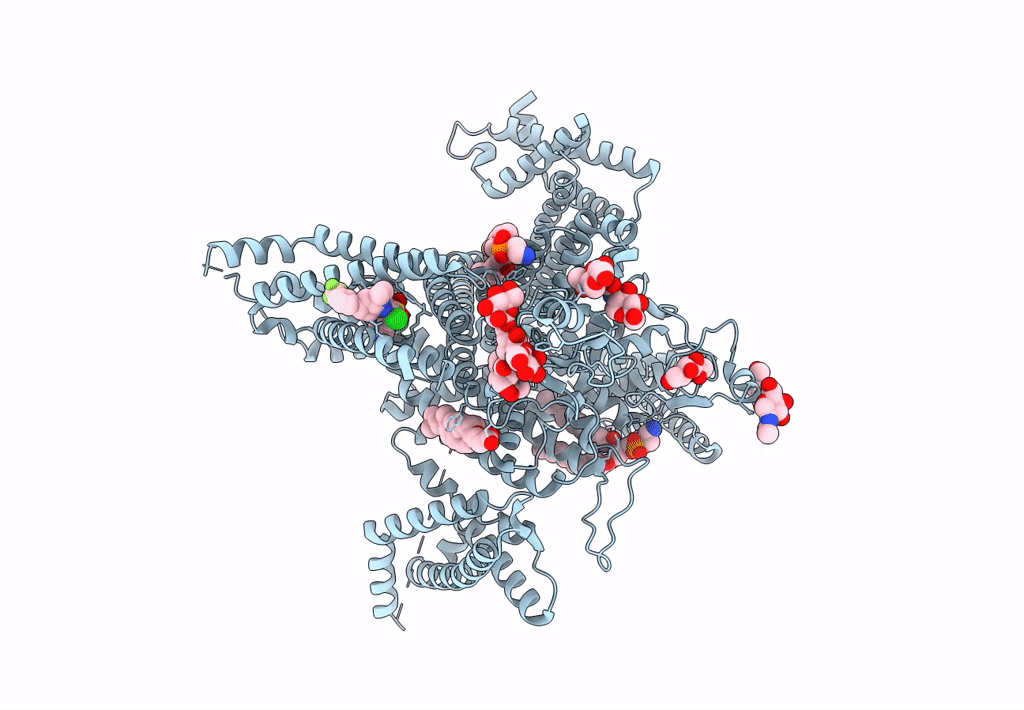
Deposition Date
2022-11-03
Release Date
2023-04-12
Last Version Date
2023-04-12
Entry Detail
PDB ID:
8F0R
Keywords:
Title:
Structure of VSD4-NaV1.7-NaVPas channel chimera bound to the arylsulfonamide inhibitor GNE-3565
Biological Source:
Source Organism:
Homo sapiens (Taxon ID: 9606)
Periplaneta americana (Taxon ID: 6978)
Periplaneta americana (Taxon ID: 6978)
Host Organism:
Method Details:
Experimental Method:
Resolution:
2.90 Å
Aggregation State:
PARTICLE
Reconstruction Method:
SINGLE PARTICLE


